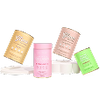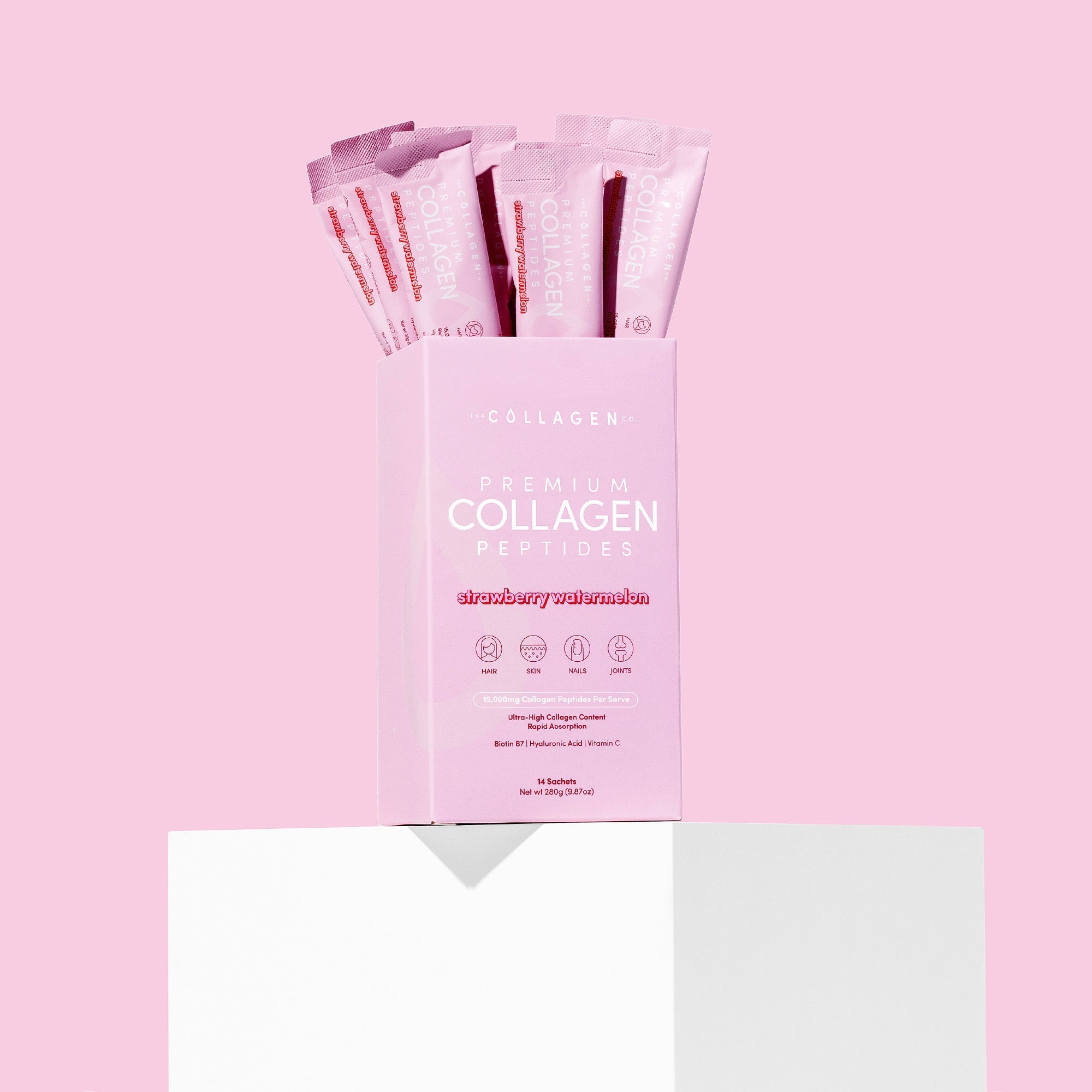Skin Care For Hot Weather: How to Heat-Proof Your Glow
Posted 22nd August 2024

The sizzling hot weather is seriously doing a number on you.
There’s the added headache of having to fastidiously plan your outfits and how you move about through the day in advance — that form-fitting nylon bodycon dress is a definite no-go, and work lunches must be at an air-conditioned restaurant (preferably running the A/C at full blast).
And, ugh. Your skin. How does it manage to feel parched yet greasy at the same time?!
TBH, we can’t help much with the outfit or daily movement planning (Sorry!) But what we can do is provide a few helpful tips on skin care for hot weather that’ll keep your skin moisturised, healthy, and thriving even as the mercury continues its relentless rise.
#1: Don’t skimp on the SPF protection
Hot weather means lots of UV rays.
When those UV rays bombard your skin, your body’s first knee-jerk response is to produce melanin, the pigment that gives your skin and hair its particular color, as a “physical shield”.
More accurately, melanin absorbs UV rays and converts them into heat, effectively “scattering” the DNA-damaging radiation.
However, melanin doesn’t always provide sufficient protection. Research shows that it only absorbs 50% to 75% of UV radiation.
The rest of those rays? They could successfully damage DNA, leading to mutations that:
- Cause the loss and dysfunction of fibroblast cells — cells that produce the extracellular matrix (ECM), such as hyaluronic acid, elastin, and collagen, responsible for supporting and giving structure to cells and tissues in the body. ECM loss, in turn, contributes to premature skin aging signs like wrinkles and loss of elasticity.
And that’s why you should slather on sunscreen. For the uninitiated, there are 2 types of sunscreen:
Mineral: These primarily use zinc oxide or titanium dioxide to physically block the sun’s rays before they penetrate your skin.Chemical: These rely on ingredients like avobenzone and octisalate to absorb the UV rays and convert them into heat.
If it makes things easier, you can think of the former (mineral sunscreens) as a shield and the latter as a sponge (chemical sunscreens).
A question you may have is, “Which is better?”
Answer: it comes down to personal preferences because, at the same SPF value, they’re equally effective at safeguarding you from the sun’s harmful UV rays.
That said, a tiny thing to note is that because zinc and titanium dioxide are white in color, mineral sunscreens tend to leave behind a white cast, especially on darker skin tones.
Making the most of your sunscreen
A few more tips on wearing SPF:
Go for SPF 40: Studies have shown that once you get above SPF 40, you’re not getting much added protection from sun rays. Use enough: That’s a nickel-sized dollop for the face and a shot’s glass’ worth for your body.Reapply: Ideally, every 2 hours and immediately after swimming or sweating.
#2: Hydrate with a lightweight moisturiser
There’s a reason why your skin’s feeling so parched recently.
Higher environmental temperatures increase trans-epidermal water loss (TEWL), which simply refers to the amount of water that evaporates from the surface of your skin.
The best way to rehydrate your skin is with a moisturiser.
But it can’t just be any moisturiser — it has to be a lightweight one that delivers only the necessary hydration without the cloying heft that feels oppressive in a warm climate.
This is why you should ideally go with water-based moisturisers. Key ingredients to look out for include:
Humectants: These are molecules that draw in water. Great examples include hyaluronic acid and glycerin. Skin barrier supporting actives: When the integrity of your skin barrier becomes compromised, there’s an increase in TEWL, too. So, if you want to go beyond simply replenishing hydration and prevent moisture loss in the first place, seek out ingredients like ceramides, fatty acids, and cholesterol — all of which are components of the outermost layer of your epidermis.
#3: Cleanse and exfoliate
Parched yet uncomfortably greasy? Yeah.
In addition to increasing TEWL, higher temperatures also stimulate sebum production. And here’s the thing. Excess sebum doesn’t just make your skin look super shiny.
It could also “rendezvous” with dead skin cells to form a plug inside your pores, resulting in blackheads and pimples. Clogged pores also trap bacteria, which may lead to inflammation and painful acne lesions.
So, how can you keep your skin balanced to reduce shine and prevent breakouts? A few tips:
- Wash your face in the morning and at night
- Exfoliate to remove oil, debris, and dead skin cells that clog your pores; choose chemical exfoliants like alpha hydroxy acids (AHAs), such as glycolic acid, and beta hydroxy acids (BHAs), such as salicylic acid — just make sure you don’t overdo it and stick to exfoliating 2x weekly at most
#4: Go light on makeup
In general, less is more when it comes to makeup in hot temperatures.
Sebum-producing sebaceous glands aren’t the only things ramping up their activity; your sweat glands would be, too. When sweat collects and dries on your skin, a medley of dirt, oil, and bacteria can become trapped under your skin, causing breakouts.
Here’s how to keep your makeup light:
- Start with sunscreen (reminder: don’t skimp on the SPF!), then follow up with a tinted moisturiser, BB cream, or face powder
- Alternatively, keep your skin bare and spot-correct with an oil-control concealer
“But,” you may object, “I don’t feel confident with minimal to no makeup!”
We’ve got you covered with 3 tips and tricks that’ll boost your complexion’s clarity and radiance without resorting to thick makeup:
- Support your skin through a wholesome diet that nourishes it with vital vitamins, minerals, essential fats, and amino acids (limit your added sugar intake!)
- Focus on the eyes; look more awake by curling your lashes and combating tired-looking eyes with cucumber slices and/or under-eye patches
- Try hydrolysed collagen peptide supplementation — these peptides upregulate your body’s natural collagen production, help draw moisture into the skin, and exert powerful anti-inflammatory effects to impede the formation of blemishes.
Looking for effective and tasty hydrolysed collagen peptide powders that’ll keep your skin hydrated and glowing from the inside out, even in sweltering weather? Look no further than The Collagen Co.










































